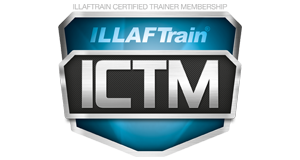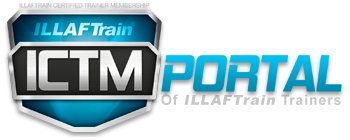Module 1: Introduction to Windows 2000 and Networking
Topics
Windows 2000 Operating Systems
Introduction to Networks
Windows 2000 Implementation of Networking
Labs
Identifying Computer Networks
Identifying the Features of Windows 2000 Network
Logging On to Windows 2000
Skills
- Define an operating system.
- Identify the features of Windows 2000.
- Define a network and describe the different types of networks and network operating systems.
- Define domains, trees, and forests.
- Describe the implementation of Microsoft Windows NT® Directory Services with Windows 2000 Active Directory™ directory service.
Module 2: Administration of a Windows 2000 Network
Topics
Windows 2000 Help
Administrative Tasks
Administrative Tools
Labs
Using Windows 2000 Help
Identifying Administrative Tools
Skills
- Use Online Help.
- Describe the tools used to perform routine administrative tasks:
- Control Panel
- System Properties
- System Information
- Event Viewer
- Windows Task Manager
- Performance
- Printers
- Shared Folders
- Disk Management
- Backup
- Security Management
- Network
- Microsoft Management Console
Module 3: Securing a Windows 2000 Network
Topics
User Accounts
Groups
User Rights
Permissions
Labs
Examining Users and Groups
Examining User Rights
Examining File and Folder Permissions
Skills
-
Identify two types of user accounts: local user accounts and domain user accounts.
- Describe the role of groups in administering Windows 2000.
- Describe the user rights that can be granted and the permissions that can be granted for access to resources.
Module 4: Examining the Network
Topics
Scope of Networks
Basic Connectivity Components
Network Topologies
Network Technologies
Expanding the Network
Lab
Examining the Network Architecture
Skills
- Describe the scope of a network.
- Describe the components used in a network.
- Describe the topologies used in networks.
- Describe the technologies used in networks.
- Describe the components used to expand a network.
Module 5: Examining Network Protocols
Topics
Introduction to Protocols
Protocols and Data Transmissions
Common Protocols
Other Communication Protocols
Remote Access Protocols
Labs
Identifying Protocol Capabilities
Skills
- Define a protocol and describe the types of protocols.
- Name the common network protocols supported by Windows 2000 and describe their characteristics.
- Describe the communication protocols and technologies that are compatible with Windows 2000.
- Describe the protocols used for remote access: dial-up protocols and virtual private network (VPN) protocols.
Module 6: Examining TCP/IP
Topics
Introduction to TCP/IP
TCP/IP Protocol Suite
Name Resolution
Examining the Data Transfer Process
Routing Data
Labs
Using TCP/IP Utilities
Identifying Processes and Protocols in TCP/IP
Skills
- Describe the TCP/IP communication process.
- Describe the protocols in the TCP/IP protocol stack and the services they provide.
- Describe the process for resolving user-friendly computer names by mapping them to an IP address.
- Describe the process for sending data packets from one computer to another.
- Describe how the process of routing passes information between two network segments, so that computers can communicate on a wider scope.
Module 7: Examining IP Addressing
Topics
Classful IP Addressing
Subnetting a Network
Planning IP Addressing
Assigning TCP/IP Addresses
Labs
Determining Class Addresses and Subnet Masks
Identifying Valid IP Addresses
Examining the Configuration of TCP/IP
Skills
- Define classful IP addressing and describe the features of each class.
- Describe the procedure for subnetting a network.
- Describe the issues involved in planning the IP addresses for a network.
- Describe the procedure for assigning an IP address by using the tools provided by Windows 2000.
Module 8: Optimizing IP Address Allocation
Topics
Classless Inter-Domain Routing (CIDR)
Binary IP Addresses
Binary Subnet Masks
IP Address Allocation Using CIDR
Labs
Using Calculator to Convert Decimal and Binary Numbers
Determining Local and Remote Destinations
Allocating IP Addresses
Skills
- Describe the features of Classless Inter-Domain Routing.
- Convert IP addresses from decimal format to binary format.
- Calculate the network ID of a subnet mask to determine local and remote hosts.
- Describe IP address allocation using CIDR.
Module 9: Examining Web Services
Topics
Identifying Internet Concepts
Using Client Technologies
Connecting to the Internet
Identifying Web Server Concepts
Labs
Accessing an FTP Site by Using Internet Explorer
Identifying Web Concepts
Skills
- Describe the Internet, an intranet, the domain namespace, and a Uniform Resource Locator (URL).
- Describe the different client technologies available for accessing information on the Internet.
- Describe the methods for connecting to the Internet from a Windows 2000 network by using Network Address Translators (NATs), proxy servers, and firewalls.
- Explain how Web server technologies, such as Microsoft Internet Information Services (IIS), can be used to host services on the Internet.

|


